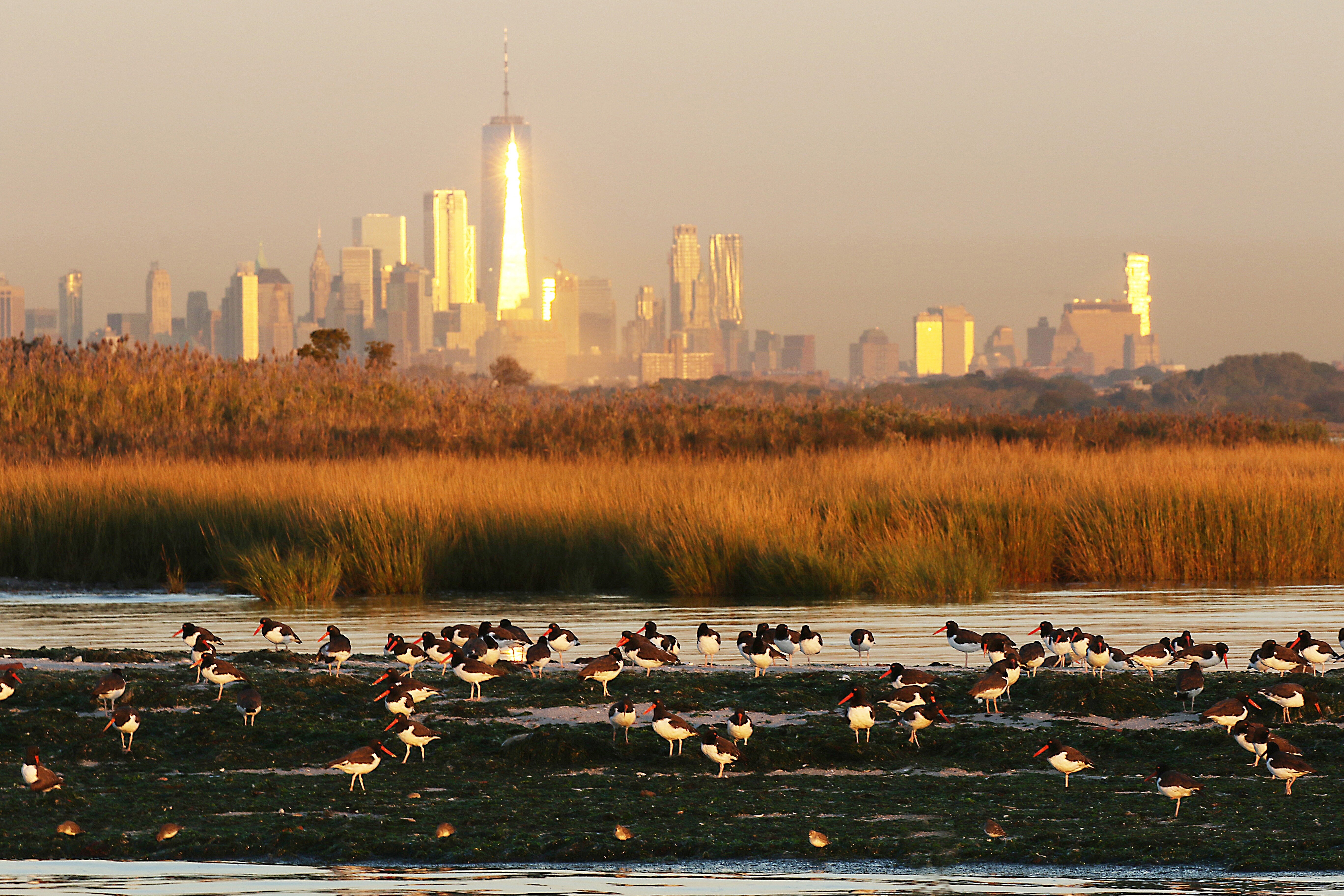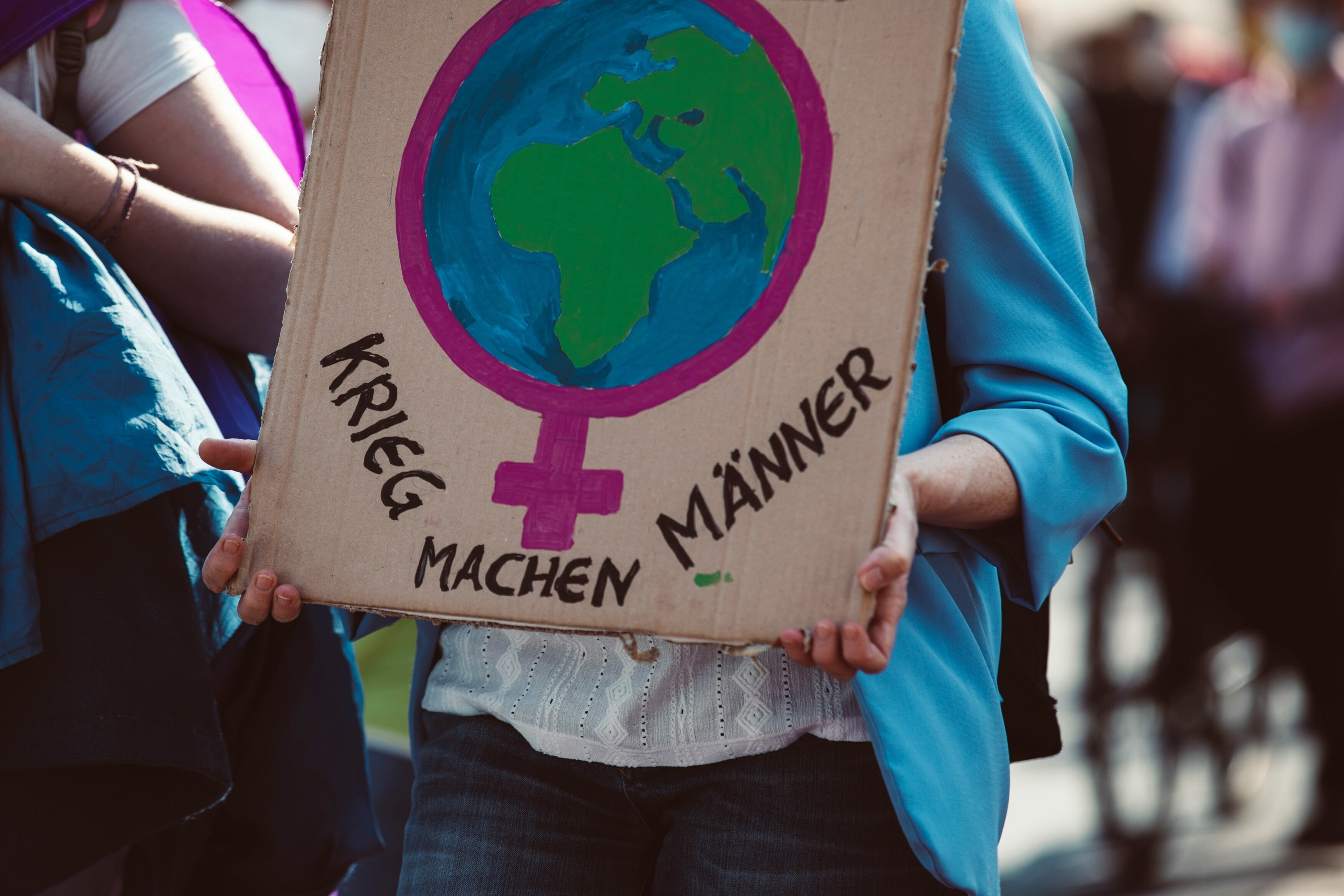Sprawling cities, growing risks?
Stay up to date:
Infrastructure
Urbanization is increasing, with already over 50% of the world’s population living in cities. While the many benefits of organized and efficient cities are well understood, rapid and unplanned urbanization could lead to profound social instability, risks to critical infrastructure, potential water crises and the spread of disease. These risks can only be further exacerbated as this unprecedented transition from rural to urban areas continues: by 2050, two-thirds of the world’s population – an estimated 6.3 billion people – will live in cities, with 80% of them in less developed regions.
How effectively these risks are addressed will increasingly be determined by how well cities are governed. The increased concentration of people, physical assets, infrastructure and economic activities means that risks at the city level have the potential to disrupt society like never before.
Of course, urbanization is by no means bad per se. It brings important economic, cultural and societal benefits. Well-managed cities are both efficient and effective, enabling economies of scale and network effects, and reducing the environmental impact of transport. As such, an urban model can make economic activity more environmentally friendly. Further, the proximity and diversity of people can spark innovation and create employment, as exchanging ideas breeds new ideas.
But some of the factors driving rapid urbanization pose a threat to this vision. For example, one of the main factors is rural-urban migration, driven by the prospect of greater employment opportunities and the hope of a better life. However, a rapidly increasing population density can create severe problems, especially if planning efforts can’t cope with the influx of new inhabitants. The result may, in extreme cases, be widespread poverty. Estimates suggest that 40% of the world’s urban expansion is taking place in slums, exacerbating socio-economic disparities and creating unsanitary conditions that facilitate the spread of disease.
The Global Risks 2015 report looks at four areas where the challenges associated with rapid and unplanned urbanization will be most acute: infrastructure, health, climate change and social instability.
Infrastructure
The quality of a city’s infrastructure is central to quality of life, social inclusion and economic opportunities. It also determines a city’s resilience to a number of global risks, in particular environmental, social and health-related risks, but also economic risks, such as unemployment. Infrastructure – its availability and quality – is at the core of many of the challenges faced by rapidly urbanizing cities in developing countries.
As cities expand, there is a risk that infrastructure will not keep pace with their growth or the increased expectations of their populations. Action to close the infrastructure gap is urgently needed and will strongly influence the extent to which risks have catastrophic cascading effects. To provide adequate global infrastructure for electricity, road and rail transport, the OECD estimates that we will need to spend $71 trillion on telecommunications and water by 2030.
This level of financing may not be achievable given that many governments are under tight budget constraints and that many developing countries allocate much of their national income just to meet the basic needs of their population. Consequently, cities are looking for public-private collaboration to involve the private sector in the design, construction and maintenance of infrastructure.
Health
Throughout the 20th century, improved access to education and healthcare, better living conditions and targeted interventions have helped improve public health in cities. In advanced economies, emergency medical care can be accessed within hours and advanced facilities for longer term treatments are readily accessible. However, when urbanization is rapid and unplanned, a combination of high population density, poverty and lack of infrastructure can create conditions where communicable diseases can easily spread.
It is striking that, today, almost 700 million urban dwellers lack adequate sanitation. The problem is particularly acute in sub-Saharan Africa and south-central Asia, where 62% and 43% of the respective urban populations live in slums and are exposed to disease, worm infections, cholera and diarrhoea.
Most worryingly, in today’s hyperconnected world, it is easier for pathogens to be carried from one city to another, which could create large-scale outbreaks, similar to what we have seen with Ebola. The economic impact of Ebola is enormous for the affected countries and their neighbouring countries – the World Bank Group estimates that its economic costs could reach $32 billion. One of the key aggravating factors has been the lack of governance mechanism to allow an effective link to be made between what was being observed at the country and city levels and the alert mechanisms necessary to trigger an emergency response.
Climate change
Rapid, inadequate and poorly planned expansion of cities can leave urban populations highly exposed to the effects of climate change. Migration from rural areas to cities is at least partially driven by the increasing prevalence of extreme weather; however, cities tend to be located near the sea or natural waterways, where they are at more risk of flooding. Fifteen of the world’s 20 megacities – those with over 10 million inhabitants – are located in coastal zones threatened by sea-level rises and storm surges. Making cities more resilient to extreme weather events should be a priority for both local governments and the private sector.
Social instability
Cities already largely impact global growth: just over half the world’s population lives in cities, but they generate more than 80% of global GDP. This trend seems set to continue, and new migrants in cities are expected to create greater economic value than they would have in a rural setting.
However, even when cities are successful, the process of absorbing migrants into urban economies is not necessarily smooth. While moving to a city offers individuals more opportunities to improve their living conditions, the high cost of living and competition for livelihoods can also trap people in poverty.
The rapid and unplanned nature of urbanization can also quickly lead to urban violence and social unrest. Widening inequalities tend to be more starkly visible in urban than rural areas. The combination of inequality, competition over scarce resources, impunity from the law and weak city governance increases the risk of violence and potential breakdowns in law and order. Some cities in developing countries are already extremely dangerous. For example, San Pedro Sula in Honduras had 169 killings per 100,000 residents in 2011.
Urbanization can also create connected and cascading effects. For example, high population density fuels property bubbles, while a shortage of affordable housing contributes to social exclusion. When combined, both these trends could destabilize the wider economy and increase social instability.
Ultimately, urbanization creates opportunities but also exacerbates risks, and the speed at which it is happening challenges our capacity to plan and adapt. This is particularly true in developing economies. For rapid urbanization to provide opportunities to all, carefully considered urban planning and good governance with effective regulatory frameworks are required.
As the world continues to urbanize, power will increasingly be concentrated in cities. This power – ranging from economic to social – not only makes cities the centre of gravity, but offers greater scope to find practical solutions to the most pressing challenges. Indeed, many observers and organizations are now focusing on cities and the connections between them rather than directing their attention at the national level. The strength of city-level institutions in addition to national institutions – their capacity to be flexible, innovative and dynamic, and effectively involve multiple stakeholders in governance – will largely determine whether urbanization makes the world more resilient or more vulnerable in the face of global risks.
As these risks are interconnected, we must adopt a holistic approach to mitigate them. And as with all risk management, the very first step is awareness. It is therefore essential that we highlight and discuss these risks on a broader scale, ensuring adequate levels of public awareness.
In reaching effective solutions, close contact between business, governments, city councils and academic institutions is essential, as this will foster an environment conducive to innovative public-private partnerships. Whether it relates to technological developments for smart traffic control or risk management of critical infrastructure, it has never been so important to ensure our cities are both efficient and resilient.
The Global Risks 2015 report is now live.
Author: Axel P. Lehmann, Chief Risk Officer, Zurich Insurance Group.
Image: Some of Hong Kong’s most luxurious residential buildings lies at Mid-Levels on the island side July 5, 2005. REUTERS/Bobby Yip
Don't miss any update on this topic
Create a free account and access your personalized content collection with our latest publications and analyses.
License and Republishing
World Economic Forum articles may be republished in accordance with the Creative Commons Attribution-NonCommercial-NoDerivatives 4.0 International Public License, and in accordance with our Terms of Use.
The views expressed in this article are those of the author alone and not the World Economic Forum.
Related topics:
Forum Stories newsletter
Bringing you weekly curated insights and analysis on the global issues that matter.
More on Equity, Diversity and InclusionSee all
Marielle Anzelone and Georgia Silvera Seamans
October 31, 2025
Alex Fergnani
October 14, 2025
Puja Raghavan and Ana Peruci Pansani
October 13, 2025
Xu Qinyi
October 10, 2025
Joan-Paula Bor and Kathleen Schmeler
October 6, 2025




